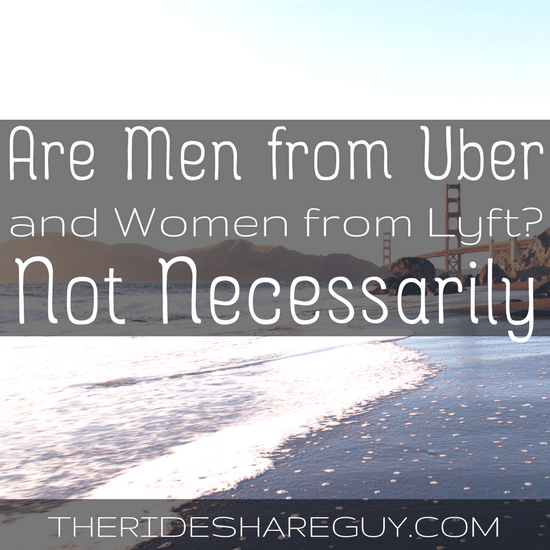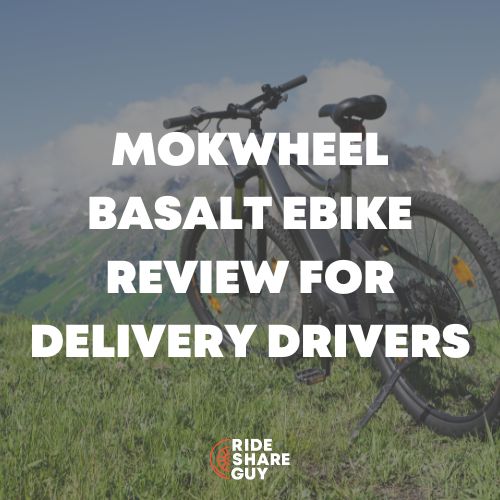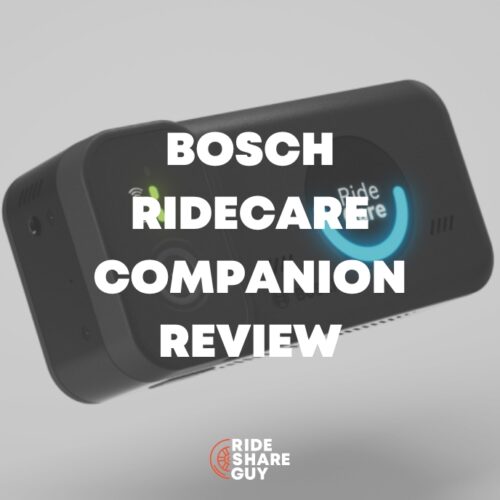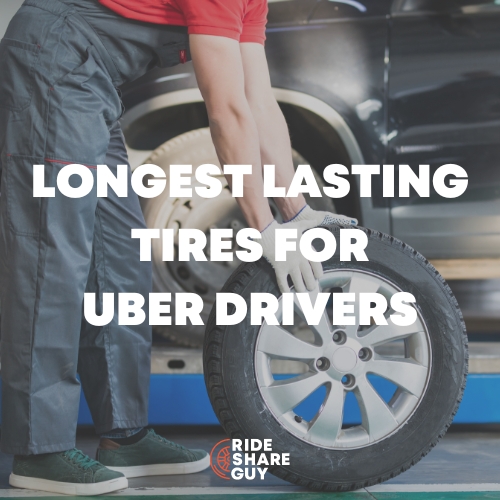Harry here. Every year, RSG conducts a survey on rideshare drivers: how often they drive, which platforms they’re on, earnings, etc. While identifying information is anonymous, researchers have reached out to me for this data to extrapolate for their own research. Today, we have a post from Michael Maffie from Cornell University that summarizes the findings of that 2017 survey and what this means for rideshare driving.
Also, Cornell University is running a new survey open to current or former drives – see below on how to register and what you can win.
We are only halfway through 2017 and it has already been big year for rideshare: Lyft and Google have teamed up to work on self-driving cars, Uber came under fire for their “Hell” and “Greyball” programs, Eric Holder presented his report to Uber’s board, and Lyft continued its expansion into more markets.
While headlines give us a glimpse inside these companies’ worlds, most of us outsiders have very little data to understand the wider rideshare market. Harry’s 2017 driver survey, however, allows us to glean some additional information about how rideshare markets are developing and who is working in the industry.
For readers who did not see the article when it came out, Harry gathered some of the best data on rideshare drivers to date. His survey recorded over 1,500 respondents from all over the United States and gives us a look into the lives of drivers (you can see the original result here). Using Harry’s original dataset it is possible to explore some intriguing relationships in the rideshare world, such as: How many drivers only use one app? Are men more likely to work full-time than women? Who is more likely to work for Uber – men or women? Are younger drivers more likely to log long hours compared to older drivers?
Before getting into the data, I want to let everyone know that Cornell University is running a new survey that is open to all current or former drivers – click here to register. You can win up to $300 in Amazon Gift Cards (we are raffling off $2,500 in gift cards (see the bottom of this article for information about the raffle). The survey is designed so you can take it on a smartphone while waiting for a passenger.
Now, let’s explore Harry’s original dataset.
Finding One: Very few drivers only use one app for more than six months
While drivers will go from one platform to two for a variety of reasons – economic, social, perhaps personal – it is important to ask: how long does it take to go from one to two? It turns out there might be a pattern here.
Harry’s data indicates that in a driver’s first three months, drivers are most likely to only use one application (47%). Many still pick up their second platform in the first three months (34%), but very few go beyond two apps.
In 4-6 months, however, almost half (49.2%) of all respondents had downloaded a second platform while 14% have moved onto a third. A sizable chunk of drivers (32%) still only use one service.
Beyond six months, the number of solo-platform drivers continues to decline while those on 3+ platforms continue to grow. Those on two platforms continue to hover around 50%.
Looking only at Uber and Lyft, these data suggest that drivers will eventually download both. In fact, at the two-year mark, 61% of respondents said they use both Lyft and Uber.
Most consumers have seen rideshare cars with both an Uber and Lyft sticker, but the speed at which drivers appear to move from one to two platforms is unexpected. This has important implications for competition in rideshare markets. Existing research suggests that switching between competing services harms any individual service’s market position. This is logical: when drivers download multiple apps, the same car can show up as a Lyft, Juno, Uber, (or other) car, allowing consumers to choose their preferred service.
Yet when platforms have exclusive (called “marquee” in the academic literature) workers on a platform, they can offer unique services: the more marquee vehicles that appear in any given rideshare app, the faster that app can match a driver and passenger compared to its competitors. While this may not decrease the price for consumers (it could, but this is more complicated), it does decrease the pickup time.
It has long been suspected that when barriers to entry are low (downloading an app is not that hard), people will migrate between platforms quickly. In rideshare, the barriers to adding an additional app may even be negative if platforms offer a recruitment bonus. It seems rideshare is rapidly heading toward a world of crowded dashboards.
Finding Two: Uber is still the ‘Gateway Platform’
Despite a growing number of apps, it looks like Uber is likely to be a driver’s first platform: for drivers who have driven for three months or less, 40% only drive for Uber.
Also, it does not appear that Lyft is attracting many Lyft-only drivers. According to Harry’s data, only 11% of those who identify as full-time drivers and 8% of part-time drivers work on Lyft but not Uber. While those only rocking the pink moustache are a small group, 30% of full-time drivers and 35% of part-time drivers use Uber without driving for Lyft.
Yet those who drive for both make up the largest category: 56% of full-time drivers and 54% of part-time drivers reported they used both Uber and Lyft.
It is important to tread lightly with these results because we cannot report the percentage of drivers who are Uber-only in markets where Lyft is an option. It is true that Uber is in more markets than Lyft, so even if there were the same number of marquee drivers on both, these data would likely report more marquee Uber drivers.
These numbers, however, could be bad news both for Lyft and Uber, just in different ways. For Lyft, it is hard to gain market share when you are considered the second platform. Yet Uber is hoping to gain a sufficiently strong position that they can eventually raise prices and show a profit. If Uber-only drivers are downloading supplemental platforms to increase their chances of catching a fare, this cuts into Uber’s ability to create a sustainable market advantage because consumers can easily switch when prices rise.
It has been argued that as long as Uber is the first app that consumers open, Uber will be fine. Harry’s data suggest that drivers are giving consumers options as to which app to open first.
Finding Three: Men and women rideshare drivers work similarity but may earn different amounts
Harry’s data suggests that men and women work similarly in the rideshare business:
| Question: | Men | Women |
| Full-Time (Part-Time) | 31.97% (68.19%) | 31.16% (68.84%) |
| Rideshare is almost all your income | 17.75% | 19.53% |
| Rideshare is very little of your income | 27.42% | 27.44% |
| Drives for 2 platforms | 46.92% | 45.92% |
| Primary Platform – Lyft | 21.05% | 20.47% |
| Primary Platform – Uber | 75.20% | 72.09% |
There are some gender differences when it comes to how long drivers have been in the industry:
| Men | Women | |
| 0-3 months | 16.5% | 29.9% |
| 4-6 months | 16.6% | 18.4% |
| 7-12 months | 21.4% | 20.2% |
| 13-24 months | 26.7% | 20.2% |
| 25+ months | 16.2% | 10.7% |
As Harry said in his initial report, men reported earning more per week than women. Taking this a step further, this result persists even accounting for ethnicity, age, time in the industry, driver rating, and number of hours worked per week. The correlation is statistically significant.
But these data do not account for several factors that correlate with income, such as: what time of day people drive, where people drive (cities, suburbs, rural area, etc.), type of vehicle, tips, and previous transportation experience. We need future research to determine if this relationship holds after accounting for other factors that correlate with income.
Finding Four: Most drivers work part-time, but those age 51 and older are more likely to work full time than younger drivers
In no age category did more people identify as “full-time” than “part-time.” This is consistent with previous industry-sponsored research. The closest were those 18-31, where 44.9 reported they were full-time drivers.
People self-identify as “full-time” with many definitions of the term. Looking at their hours of work, of those who reported they worked 41 or more hours a week, the largest single category were those over the age of 51. Across all age ranges, the most common number of hours worked was between 11-20 hours a week.
Conclusion
Thanks to Harry’s data, we’re starting to get an idea of who works in the rideshare business and the platforms they use. Good data is essential to help us understand the industry and frame the upcoming debates about possible regulation. Speaking of good data, don’t forget to register for the Cornell rideshare survey!
Survey raffle information: Participants are entered into the raffle after completing one survey. You can earn additional chances for winning for completing each additional survey. Each participant can earn up to six entries. Odds of winning will vary based on number of participants. Survey results are confidential and stored on a secure server. No identifying information will be made public that could identify individuals who participate in the survey.
-Harry @ RSG





